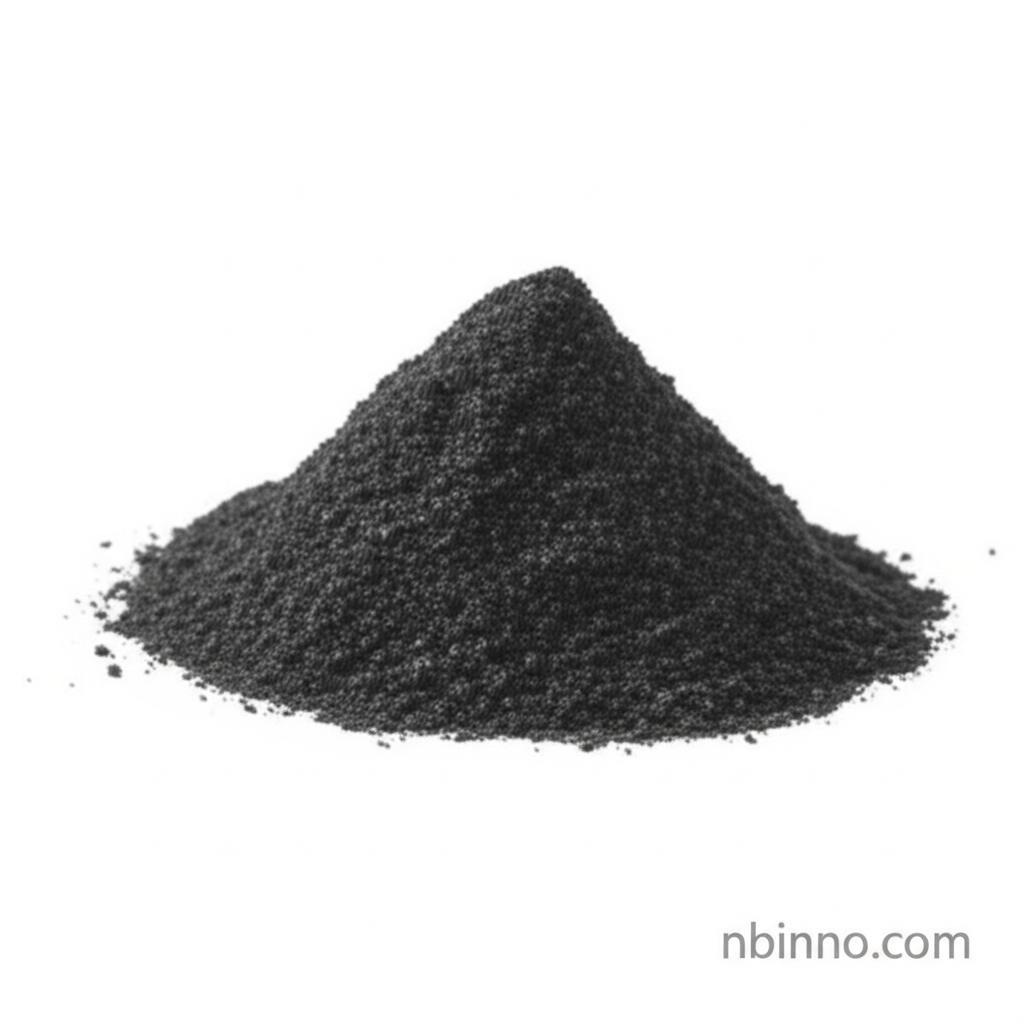3-Quinuclidinone Hydrochloride: A Key Intermediate for Pharmaceutical Synthesis and Chemical Innovation
Explore the critical role of 3-Quinuclidinone Hydrochloride in advancing pharmaceutical research and complex chemical synthesis. Discover its potential as a versatile building block.
Get a Quote & SampleProduct Core Value

3-Quinuclidinone Hydrochloride
As a leading supplier in China, we offer 3-Quinuclidinone Hydrochloride, a vital compound in the pharmaceutical and chemical industries. Its unique bicyclic structure makes it an indispensable building block in organic synthesis and the preparation of novel bioactive molecules. This intermediate is pivotal in the synthesis of cevimeline and novel CB1 and CB2 cannabinoid receptor ligands, showcasing its importance in drug discovery.
- This compound serves as a key intermediate in the synthesis of various pharmaceuticals, particularly in the development of drugs targeting neurological disorders.
- It is used in organic synthesis as a building block for creating more complex chemical structures, enhancing the efficiency of drug discovery processes.
- The compound is studied for its potential as an anticholinergic agent, which can help in treating conditions like Parkinson's disease and other movement disorders.
- Researchers appreciate its stability and solubility, which facilitate easier handling and incorporation into complex synthetic pathways, making it valuable for precise chemical synthesis.
Advantages Offered by the Product
Versatile Chemical Building Block
Leverage 3-Quinuclidinone Hydrochloride as a versatile building block for creating more complex chemical structures, significantly enhancing the efficiency of drug discovery processes and complex chemical synthesis.
Pharmaceutical Development
Utilize this key intermediate in the synthesis of pharmaceuticals, especially for drugs targeting neurological disorders and potential anticholinergic agents, aiding in the development of new treatments.
Research & Innovation
Advance your research with a compound studied for its potential in creating novel CB1 and CB2 cannabinoid receptor ligands and other bioactive molecules, fostering innovation in medicinal chemistry.
Key Applications
Pharmaceutical Development
This compound serves as a crucial intermediate in the synthesis of various pharmaceuticals, particularly in the development of drugs targeting neurological disorders, making it essential for this area of drug discovery.
Chemical Synthesis
It is widely used in organic synthesis as a fundamental building block for creating more complex chemical structures, thereby enhancing the efficiency of intricate drug discovery processes.
Medicinal Chemistry Research
The compound is actively studied for its potential as an anticholinergic agent, contributing to research aimed at treating conditions like Parkinson's disease and other movement disorders.
Agrochemicals & Materials Science
Beyond pharmaceuticals, its utility extends to the agrochemical sector and coordination chemistry, opening avenues for new catalysts and materials development in scientific research.
